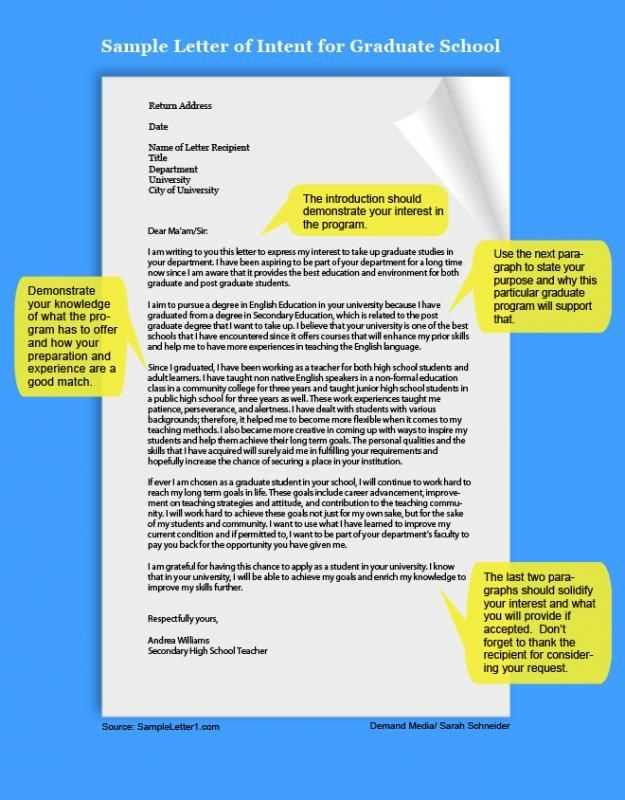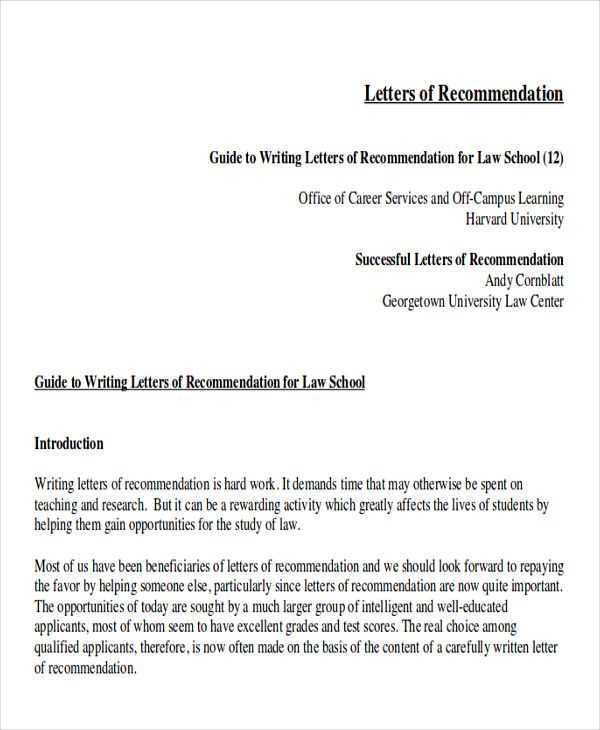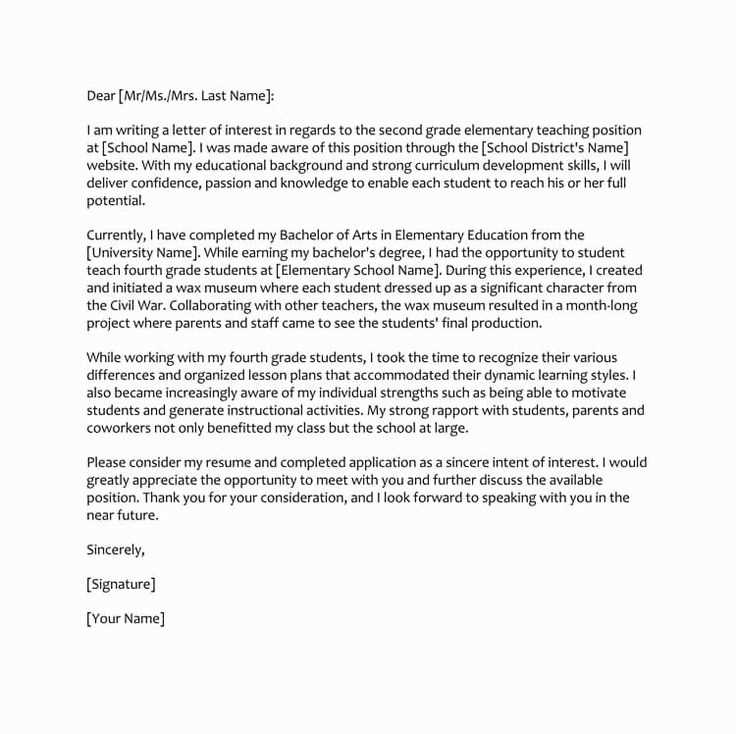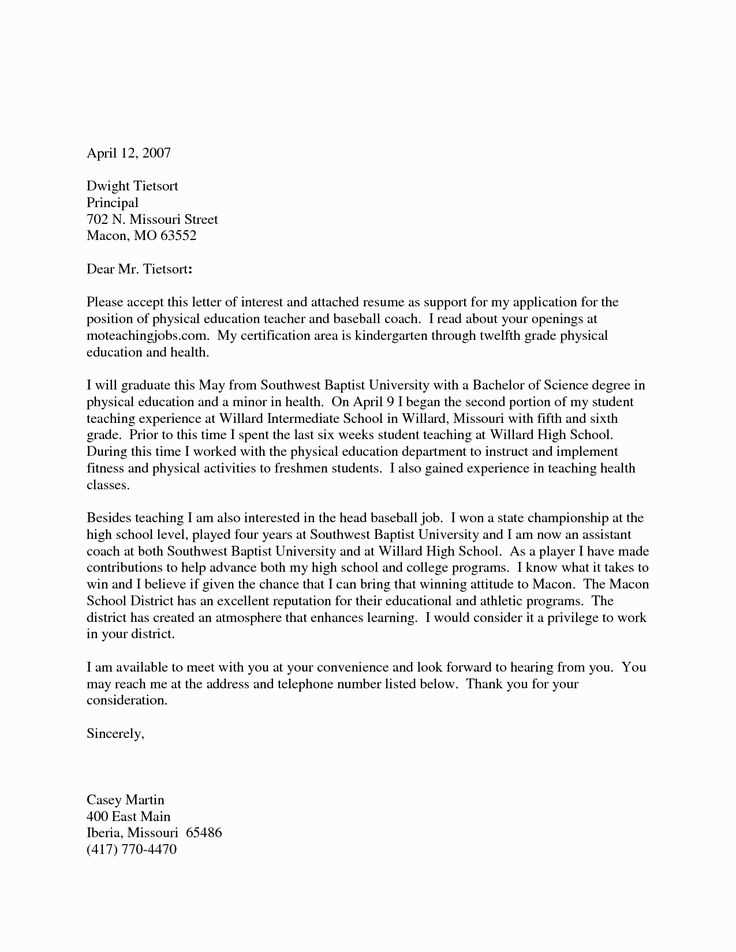Letter of Continued Interest Law School Template Guide

When applying for a place at a prestigious institution, expressing ongoing enthusiasm and commitment can significantly strengthen your application. This type of correspondence serves as a strategic tool to demonstrate your continued desire to be considered. A well-crafted message can convey your passion for the opportunity and leave a lasting impression on the decision-makers.
In this section, we will explore the essential components that make such a communication effective. By focusing on tone, structure, and content, you can create a message that not only reaffirms your interest but also showcases your professionalism. Understanding how to craft such a note properly can enhance your chances of receiving a positive response from the committee.
Purpose of Follow-Up Correspondence
In the competitive world of academic admissions, expressing ongoing enthusiasm for a program can be a crucial step in demonstrating your dedication. A follow-up message is an opportunity to reaffirm your commitment to the institution, update the committee on any recent accomplishments, and restate your strong desire to be considered for a spot in the incoming class. This communication shows that you are not only serious but also proactive in maintaining your candidacy.
When to Send a Follow-Up Message
It is important to know when to send such a message. Typically, this form of communication is most effective after the initial application review, often when the admissions committee has yet to make a final decision. By sending a well-timed note, you can remind them of your continued interest and the value you would bring to the program.
Key Components to Include

There are a few essential elements that make a follow-up communication stand out. It should be clear, concise, and to the point while maintaining a respectful and professional tone. Some common sections include updates on academic achievements, personal growth, and reaffirmation of your reasons for wanting to be a part of the community.
| Section | Description |
|---|---|
| Introduction | Briefly remind the committee of who you are and why you’re writing. |
| Recent Achievements | Include any relevant updates such as academic awards or professional experiences. |
| Reaffirmation | Restate your enthusiasm for the program and why you believe it’s the right fit. |
| Closing | Express gratitude for their time and consideration, and leave a final positive note. |
Why Write a Follow-Up Note
Sending a follow-up message after submitting an application is an important step in reinforcing your candidacy. It allows you to remind the admissions committee of your ongoing enthusiasm and commitment to the program. This note can help ensure that your application remains fresh in their minds and highlight your genuine desire to be considered for a position in the next cohort.
Moreover, a well-crafted message provides an opportunity to share new achievements or experiences that may have occurred after the initial submission. This can include academic successes, personal milestones, or professional accomplishments, which demonstrate growth and continued dedication to your goals. By updating the committee, you are showcasing your potential and further establishing your fit for the program.
Additionally, sending a follow-up note reflects a proactive and professional approach, qualities that are highly valued in any academic environment. It demonstrates that you are not only interested but also respectful of the admissions process and committed to presenting yourself in the best light possible.
Key Elements to Include in the Document
To create an effective follow-up communication, it’s essential to include certain key components that ensure your message is clear, respectful, and impactful. Each section should serve a specific purpose, whether it’s to reaffirm your enthusiasm, provide updates, or highlight why you are an excellent candidate for the program. Here are the primary elements to consider when drafting your message.
Essential Sections to Cover

- Introduction: Start by briefly reintroducing yourself, reminding the committee of your application, and expressing gratitude for their consideration.
- Recent Updates: Include any new academic, professional, or personal achievements that have occurred since you first applied. This helps demonstrate your continued growth and commitment.
- Reaffirmation of Fit: Reaffirm why you are excited about the program and how it aligns with your goals. Make sure to tie this back to your application, showing that your enthusiasm has only grown.
- Closing Statement: End your message by thanking the committee once again for their time and expressing hope for a favorable response.
Additional Considerations
While the content of your message is crucial, how you present it matters too. Maintain a professional tone, keep the message concise, and ensure that there are no spelling or grammatical errors. These small details can have a significant impact on how your communication is perceived.
How to Address the Admission Team
When crafting a follow-up message to the admissions team, the way you address them is crucial in setting the tone for your communication. It is essential to show respect and professionalism, which will contribute to a positive impression. Understanding how to appropriately address the committee or specific individuals can enhance your message’s effectiveness and make it more likely to be well received.
Proper Salutation
- Generic Approach: If you are unsure of the specific names of the individuals reviewing applications, use a general salutation like “Dear Admissions Committee.” This ensures that you are respectfully addressing the team as a whole.
- Specific Names: If you know the names of the admissions officers or the head of the committee, addressing them by name–such as “Dear Mr. Smith” or “Dear Dr. Johnson”–can create a more personal touch and show that you’ve done your research.
- Avoid Informality: Always avoid overly casual greetings like “Hey” or “Hello.” These can undermine the professionalism of your message.
Tone and Approach

The tone of your message should reflect respect and professionalism. Even though you are writing to express your enthusiasm and update the committee, it’s important to remain formal and courteous throughout. Using a respectful address, combined with a well-organized structure, helps maintain a professional demeanor.
Best Practices for Formatting Your Note
Proper formatting is essential when composing any formal communication, as it helps ensure clarity, professionalism, and ease of reading. When preparing a message to the admissions team, following best practices for structure and presentation can make your document stand out in a positive light. Consistent formatting reflects attention to detail, which is crucial in academic settings.
Key Formatting Guidelines

- Keep It Concise: Limit your message to one page. Admissions teams often review numerous applications, so brevity is important. Make sure every sentence adds value.
- Use Professional Fonts: Stick with standard, easily readable fonts such as Times New Roman or Arial in a 12-point size. This ensures that your note is clear and easy to read.
- Paragraph Spacing: Use single spacing within paragraphs and double spacing between them to improve readability. This allows the committee to easily follow your message.
- Proper Margins: Maintain standard margins of 1 inch on all sides. This keeps the content properly aligned and ensures your note looks neat.
- Use Clear Headers: If necessary, include a clear subject line at the beginning of your document to quickly convey the purpose of your message.
Additional Tips
Avoid overcomplicating the design or including unnecessary elements like images or excessive formatting. Stick to a professional and clean layout to maintain the focus on your message. Proofreading your note for spelling or grammatical errors before sending it is equally important to ensure it’s error-free.
Common Mistakes to Avoid in the Document
When composing a formal note to the admissions team, it’s important to be aware of common pitfalls that could undermine the effectiveness of your message. Even minor mistakes can leave a negative impression or make your communication less impactful. Being aware of these errors can help you present yourself in the best possible light.
Frequent Errors to Avoid
- Overloading with Information: While it’s important to update the committee on your progress, avoid including too many unnecessary details. Keep your message focused and to the point.
- Inconsistent Tone: A formal message should maintain a respectful and professional tone throughout. Switching between formal and informal language can confuse the reader and diminish the professionalism of your note.
- Overly Generic Statements: Tailor your message specifically to the institution you’re communicating with. Generic or vague statements may come off as insincere or as if the message was copied from a template.
- Spelling and Grammar Errors: Simple mistakes can detract from the professionalism of your message. Always proofread your note thoroughly before submitting it to avoid any errors.
Other Common Pitfalls
- Failure to Address the Right Person: If you are aware of the specific person handling your application, addressing them directly can show a personal touch. Using a generic greeting can make the message feel impersonal.
- Too Much Flattery: While expressing enthusiasm is important, overloading the message with excessive praise or flattery can come across as insincere. Keep your tone balanced and professional.
Examples of Effective Continued Interest Messages
When crafting a message to update an admissions team, providing clear, sincere, and relevant information is crucial. The examples below showcase how to structure your communication in a way that leaves a positive impression, reinforcing your commitment and enthusiasm for the program or opportunity.
Example 1: Focused and Direct
Dear Admissions Committee,
I hope this message finds you well. I am writing to express my continued enthusiasm for the opportunity to be considered for your program. Since my initial application, I have completed additional coursework in [relevant subject], further strengthening my knowledge and skills in [specific area]. I remain eager to contribute to your academic community and am excited about the possibility of joining your program.
Thank you for your time and consideration.
Sincerely,
[Your Name]
Example 2: Personal and Engaged
Dear [Admissions Officer’s Name],
I wanted to follow up and reiterate my deep interest in your program. Since submitting my application, I have participated in [activity or achievement] that aligns perfectly with your curriculum, and I believe this experience will help me contribute meaningfully to the academic environment you cultivate. I am confident that my passion for [subject] will allow me to thrive in your program, and I remain committed to the pursuit of further academic and professional growth.
Thank you for your consideration, and I look forward to the possibility of joining your institution.
Warm regards,
[Your Name]